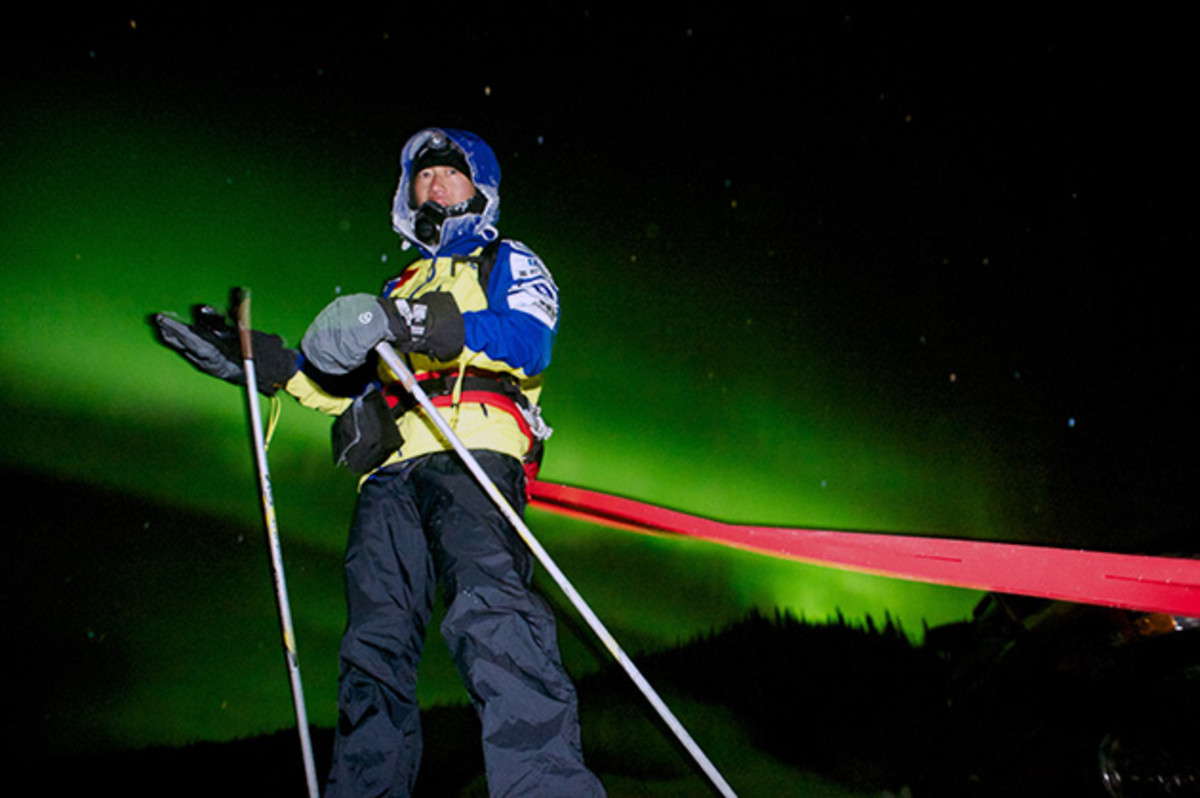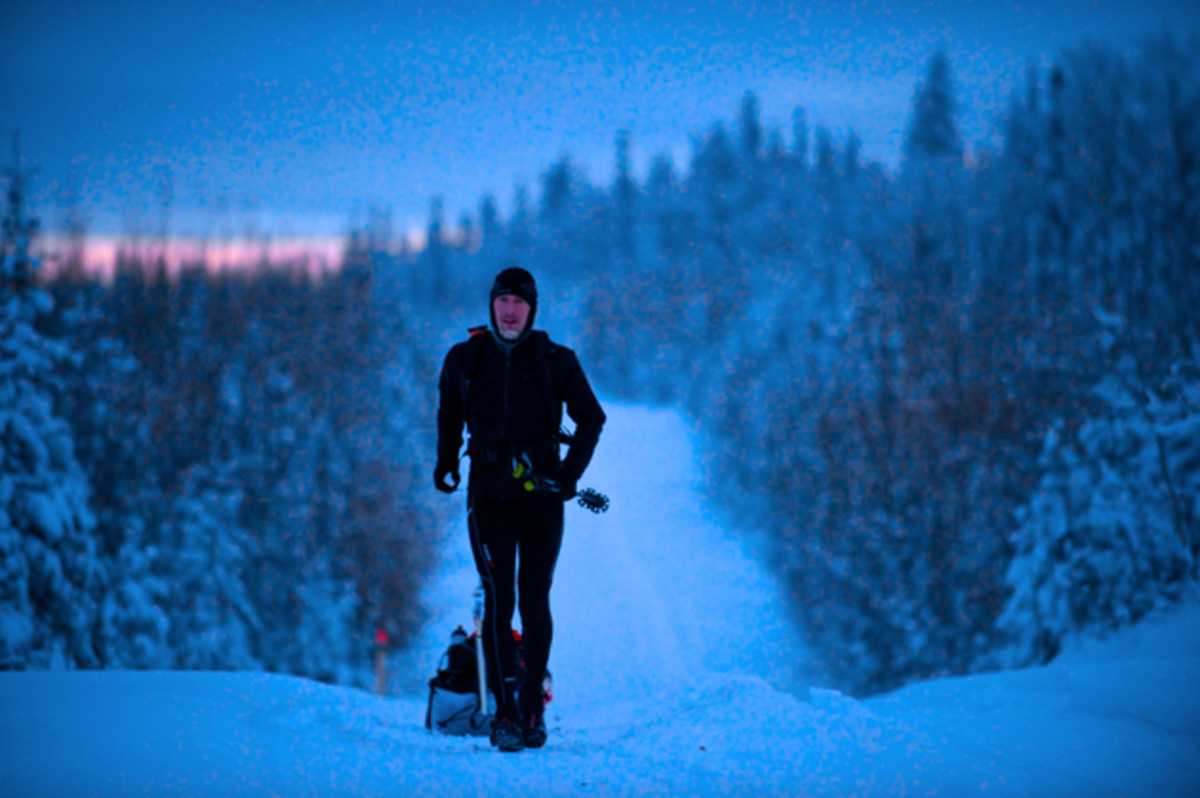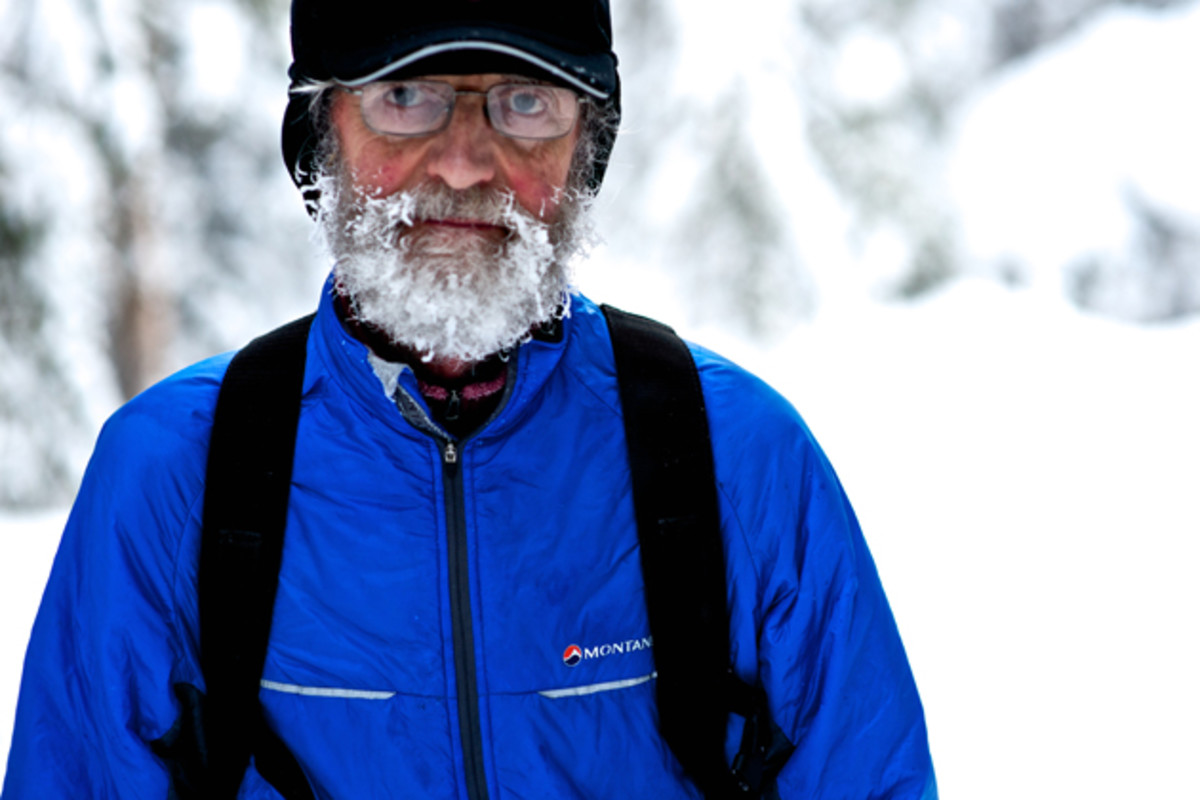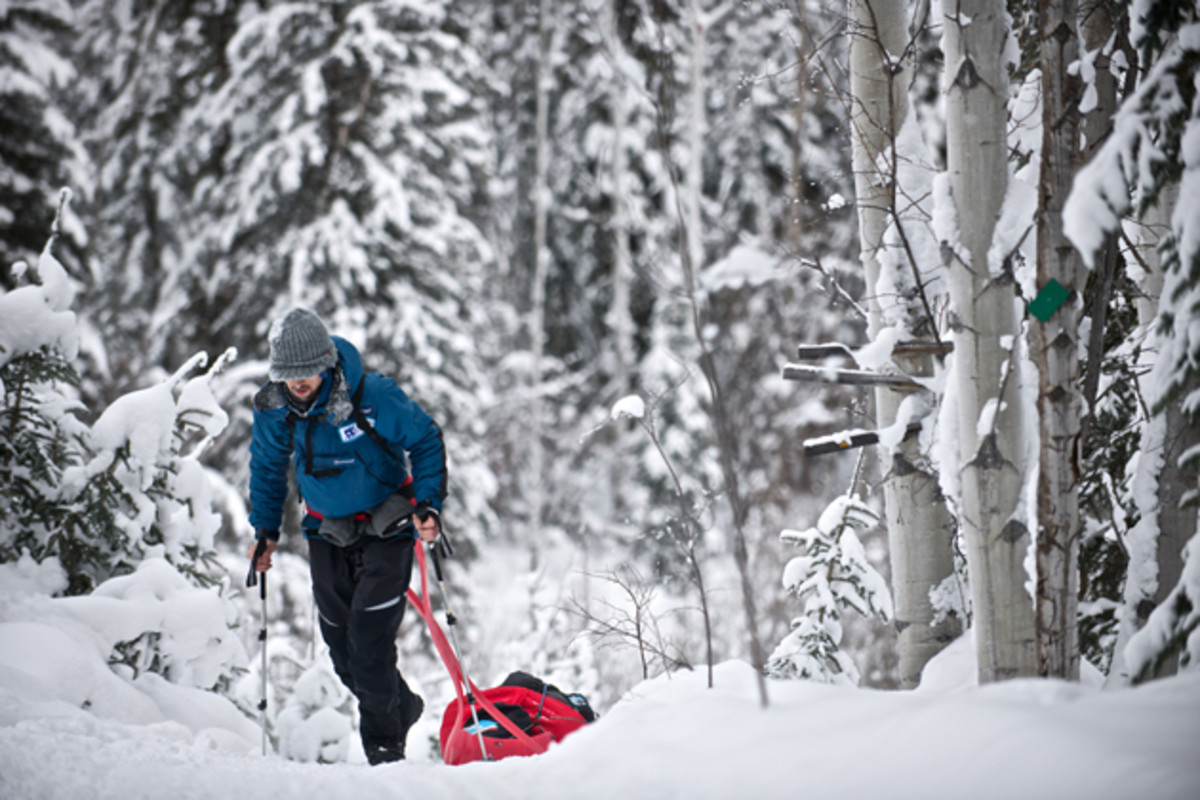Cold Sweat: What it's like to run 430 miles in the Yukon Arctic Ultra

For two years, Diane Van Deren had the same evening routine. She would say good night to her husband and kids, leave her Sedalia, Colo., home and run toward the mountains of the Pike National Forest while towing a 50-pound sandbag on a sled. Ten to 12 hours later she would return home. Van Deren was training for the Yukon Arctic Ultra -- a series of extreme races along northwest Canada's Yukon Quest dogsled trail.
Held in February, the Arctic Ultra offers four distances: a standard marathon, 100 miles, 300 miles or a mind-bending 430 miles -- all completed in temperatures as low as -50°.
"Because you run at night through snow and across frozen rivers, I tried to strengthen my body by simulating the course as best I could," says Van Deren, 54, who won the 300-miler in 2008 and became the first woman to complete the 430-mile distance a year later (in 257:05). "But your mental conditioning surpasses the physical in this race -- you have to have a piece of granite for a brain. The cold is so beyond what 99% of the world knows."

In addition to the cold, racers haul a sled of gear through deep snow, up wind-whipped hills and over slick sheets of ice. Most competitors keep a slow, steady pace and are on the move for 16 to 20 hours per day. Last year's winner, Casper Wakefield of Denmark, took 186 hours and 50 minutes (almost eight days) to complete the race.
Colorado resident Sean Brown will be making his fourth attempt at the extreme distance. "You can train to give yourself confidence, but it's unlike any other marathon," says Brown, 46. "The temperatures drop, you're sleep-deprived, hallucinating, and you have the fear that you are going to die."
Race director and founder Robert Polhammer says the sweeping terrain is what makes the race so radical -- and so appealing to adventure-seeking athletes.
The story behind Red Bull's speed skating, MMA-infused downhill race
“You feel tiny, unimportant and vulnerable out there,” says Polhammer of the Yukon -- a territory bigger than California with a population of only 30,000. “There’s river ice, snowy hills and wooded areas still recovering from forest fires over 50 years ago. It’s just vast, beautiful winter nature.”
There are 85 participants in this year's Ultra, including a 70-year-old man from England, a detective from Germany, 23 Canadians (including one man who has lost 100 pounds) and, for the first time, racers from Poland, Mexico and Japan. A researcher from the Center for Space Medicine Berlin will study cold-weather performance among the runners in the 430-mile event.

Van Deren won't compete this year -- she hasn't since 2009 -- but she wishes she was.
"Believe it or not, you miss it," she says. "There's something about the vast whiteness and the challenge of it all that makes you want to go back."
THE COLD HARD FACTS
$0
The amount of money awarded to the winner; this one's strictly for the challenge.
-15° to -20°
The ideal temperature for racing. Anything warmer increases the chance of a soft trail or even open water.

8,000
The calories racers try to consume daily by eating snacks high in fat and calories, such as nuts, chocolate, cheese and potato chips.
4,049
The elevation, in feet, of the King Solomon Dome, the highest point on the course.

